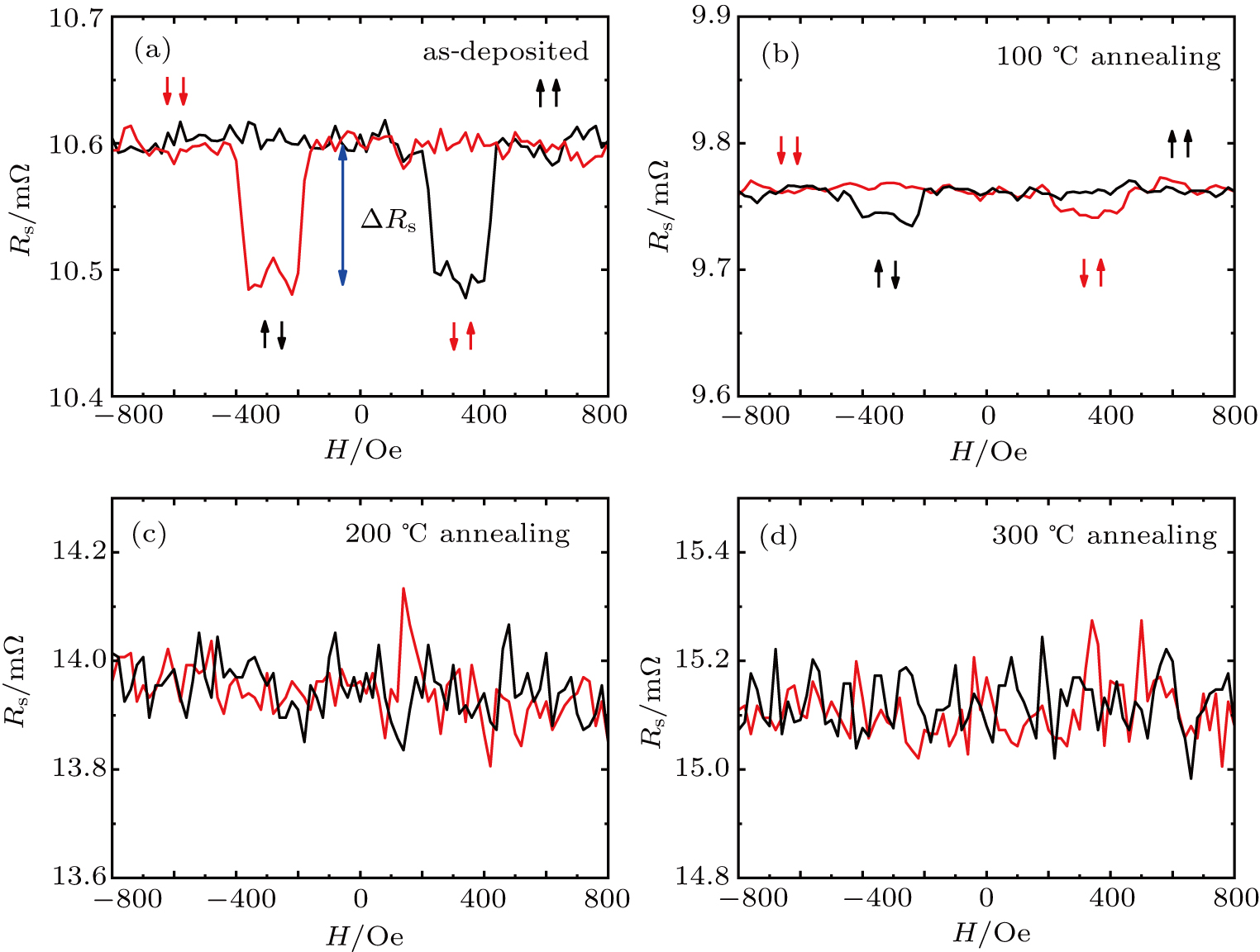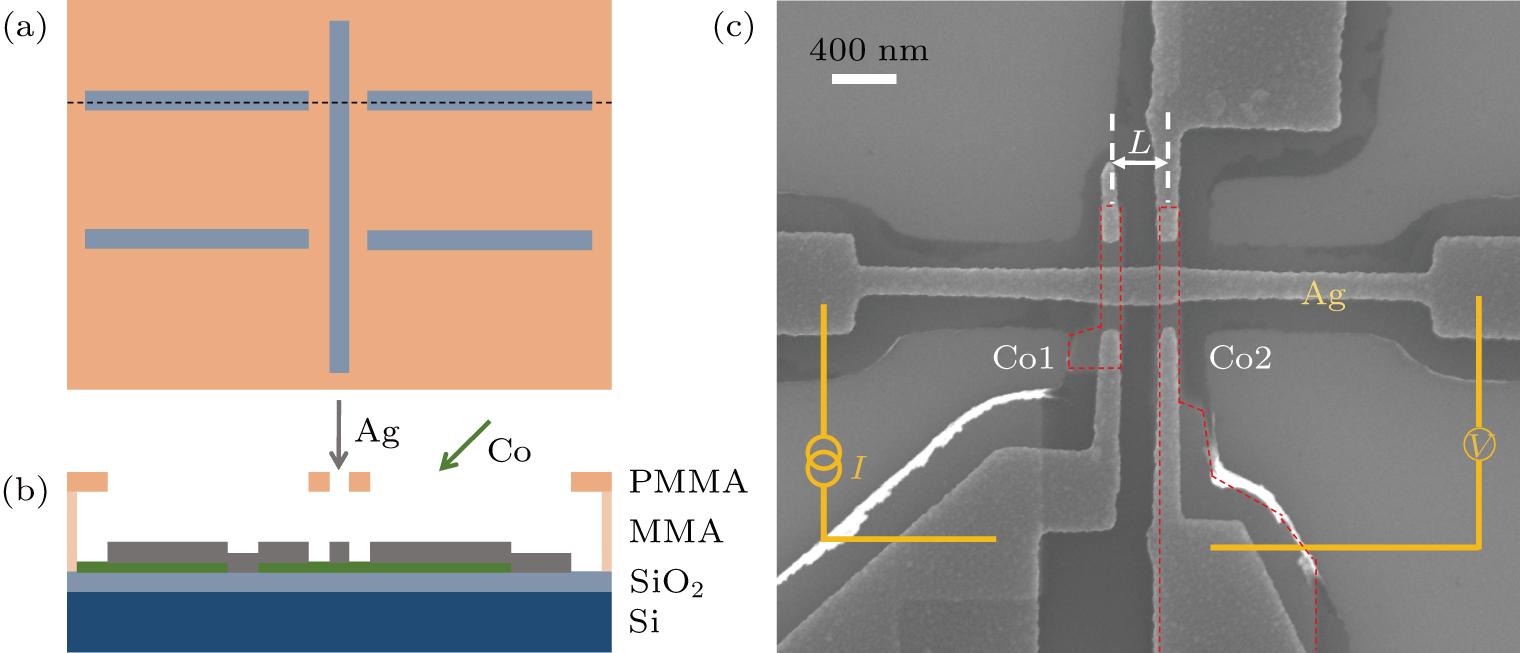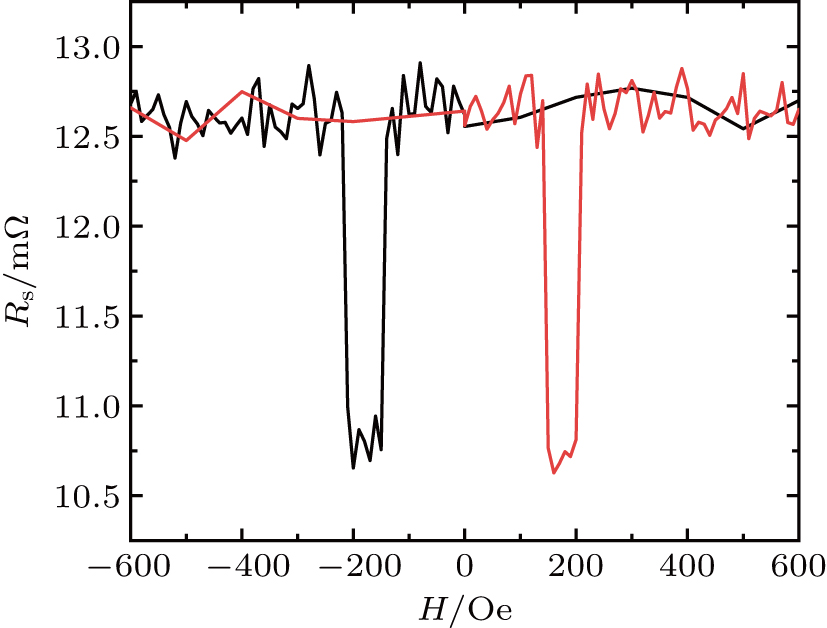Project supported by the National Natural Science Foundation of China (Grant Nos. 11304381 and 11374244), the Research Funds of Renmin University of China (Grant No. 17XNLF02), the Foundation for the Author of National Excellent Doctoral Dissertation of China (Grant No. 201443), and the Natural Science Foundation of Fujian Province of China (Grant No. 2015J06016).
Project supported by the National Natural Science Foundation of China (Grant Nos. 11304381 and 11374244), the Research Funds of Renmin University of China (Grant No. 17XNLF02), the Foundation for the Author of National Excellent Doctoral Dissertation of China (Grant No. 201443), and the Natural Science Foundation of Fujian Province of China (Grant No. 2015J06016).
† Corresponding author. E-mail:
Project supported by the National Natural Science Foundation of China (Grant Nos. 11304381 and 11374244), the Research Funds of Renmin University of China (Grant No. 17XNLF02), the Foundation for the Author of National Excellent Doctoral Dissertation of China (Grant No. 201443), and the Natural Science Foundation of Fujian Province of China (Grant No. 2015J06016).
Spin injection, spin diffusion, and spin detection are investigated in Co/Ag/Co lateral spin valves at room temperature. Clear spin accumulation signals are detected by the non-local measurement. By fitting the results to the one-dimensional diffusion equation, ∼8.6% spin polarization of the Co/Ag interface and ∼ 180 nm spin diffusion length in Ag are obtained. Thermal treatment results show that the spin accumulation signal drastically decreases after 100 °C annealing, and disappears under 200 °C annealing. Our results demonstrate that, compared to the spin diffusion length, the decrease and the disappearance of the spin accumulation signal are mainly dominated by the variation of the interfacial spin polarization of the Co/Ag interface.
Spintronics, aiming at manipulating not only the electron charge but also the electron spin to carry information, has gained a lot of attention in recent years.[1,2] Spin current generation is the key to unraveling the spin dependent transport phenomena. So far, several methods have been proposed to generate pure spin currents, such as spin pumping,[3] spin hall effect,[4] and spin injection.[5] Electrical spin injection is one of the most effective ways to generate spin current.[6] The basic concept is that the materials in the ferromagnetic state have a substantial degree of equilibrium carrier spin polarization. When a charge current flows across the interface between a ferromagnetic material and a nonmagnetic material, spin polarized carriers in the ferromagnetic material would give rise to the net current of magnetization and lead to a non-equilibrium magnetization in the nonmagnetic material. The length of the non-equilibrium magnetization in the nonmagnetic material is described by the spin diffusion length, and its magnitude could be detected by another ferromagnetic material.[1] The pioneering experimental demonstration on spin injection and detection was carried out by Mark Johnson and Silsbee[7] in 1985 using a lateral spin valve structure and non-local measurement technique. They used permalloy as the injection source and injected a spin current into a bulk aluminum. The non-equilibrium magnetization in the bulk aluminum was detected by using another thin film of permalloy at low temperature. After a quiet period of nearly two decades, and benefitting from the micro-nano fabrication technology, Jedema[5] successfully performed the spin injection and detection in metal at room temperature. This stimulated the researchers’ interest on spin injection in lateral spin valves.[8–10] So far, spin polarized current has been injected into various kinds of materials, such as copper,[11] silver,[12–14] gold,[15,16] magnesium,[17] and two dimensional materials.[18–20] It is found that the magnitude of the spin accumulation signal is quite small when the ferromagnetic material is directly attached to the non-ferromagnetic materials. The low value is mainly due to the resistance mismatch problem and the spin absorption.[21] The small spin accumulation signal could be enhanced by introducing a tunnel junction which could provide a high interfacial spin polarization to the interface between the ferromagnetic materials and the non-magnetic materials,[22] but the high interface resistance of the tunnel junction limits the total current flow into the nonmagnetic material. Fukuma[23] further reported that by performing a thermal treatment, a low interface resistance could be achieved to overcome the resistance mismatch problem and improve the spin accumulation in the tunnel junction. So far, few works have been reported on the effect of the thermal treatment on the lateral spin valves with transparent contacts. In this paper, we investigate the electrical spin injection into Ag from Co through a transparent interface at room temperature with and without thermal treatment. The lateral spin valves with cobalt (Co) and silver (Ag) are selected to investigate the thermal effect because of the following reasons. First, Ag usually gives a higher spin accumulation signal in lateral spin valves than other metals, such as Cu, Mg, or Au. Second, Co has high bulk spin polarization. Third, both materials can be fabricated by a physical vapor deposition system, which would provide a high quality interface.
The Co(30 nm)/Ag(50 nm)/Co(30 nm) lateral spin valves were fabricated on Si/SiO2 substrate by the shadow evaporation technique. Electron beam lithography (EBL) was used to transfer the shadow mask to the top of the bi-layer resister consisting of the polymethyl methacrylate (PMMA, 300 nm) and the methyl methacrylate (MMA, 700 nm). As shown in Fig.
Figure
Figure
 | Fig. 2. (color online) The dependence of spin accumulation on the magnetic field for the (a) as-deposited, (b) 100 °C annealed, (c) 200 °C annealed, and (d) 300 °C annealed devices. |
To gain further insight into the spin injection from Co and spin accumulation in the Ag wire via the transparent contact, lateral spin valves with different center to center distances between the injector and detector are fabricated. The nonlocal measurement is performed on each device to obtain their spin accumulation signals. Figure
 | Fig. 3. (color online) The dependence of the spin accumulation signal on the center to center distance L. The black solid lines are fitting curves. |
To investigate the thermal stability of lateral spin valves with transparent contacts, the devices are annealed in a rapid thermal process oven under nitrogen atmosphere at 100 °C for 30 min. Non-local measurement is performed on each device. Figure
 | Fig. 4. (color online) XRD patterns for as-deposited, 100 °C annealed, 200 °C annealed, and 300 °C annealed Co/Ag films. |
Further annealing up to 200 °C and 300 °C is carried out on the lateral spin valves. As shown in Figs.
There are two main factors dominating the spin accumulation: the spin diffusion length and the interfacial spin polarization. To clarify the disappearance of the spin accumulation signal, lateral spin valves with Co/MgO/Ag junctions are fabricated and annealed at 300 °C for 30 min. As shown in Fig.
We have successfully injected spin polarized current into the Ag wire from the Co electrode and detected the spin accumulation signal at room temperature in the lateral spin valves by the non-local measurement. By fitting the experimental results to a one-dimensional diffusion equation, ∼ 180 nm spin diffusion length of 50 nm Ag and ∼ 8.6% interfacial spin polarization of Co/Ag were deduced for the as-deposited devices. Thermal treatment (100 °C annealing) results show that the spin polarization drastically drops (3.4%) and the spin diffusion length slightly decreases (∼ 150 nm). Therefore, the spin accumulation signal significantly decreases after the thermal treatment. Our results demonstrate that, compared to the spin diffusion length, the decrease of the spin accumulation signal is mainly caused by the decrease of the interfacial spin polarization of the Co/Ag interface.
| [1] | |
| [2] | |
| [3] | |
| [4] | |
| [5] | |
| [6] | |
| [7] | |
| [8] | |
| [9] | |
| [10] | |
| [11] | |
| [12] | |
| [13] | |
| [14] | |
| [15] | |
| [16] | |
| [17] | |
| [18] | |
| [19] | |
| [20] | |
| [21] | |
| [22] | |
| [23] | |
| [24] | |
| [25] | |
| [26] |



